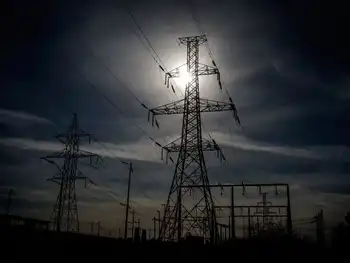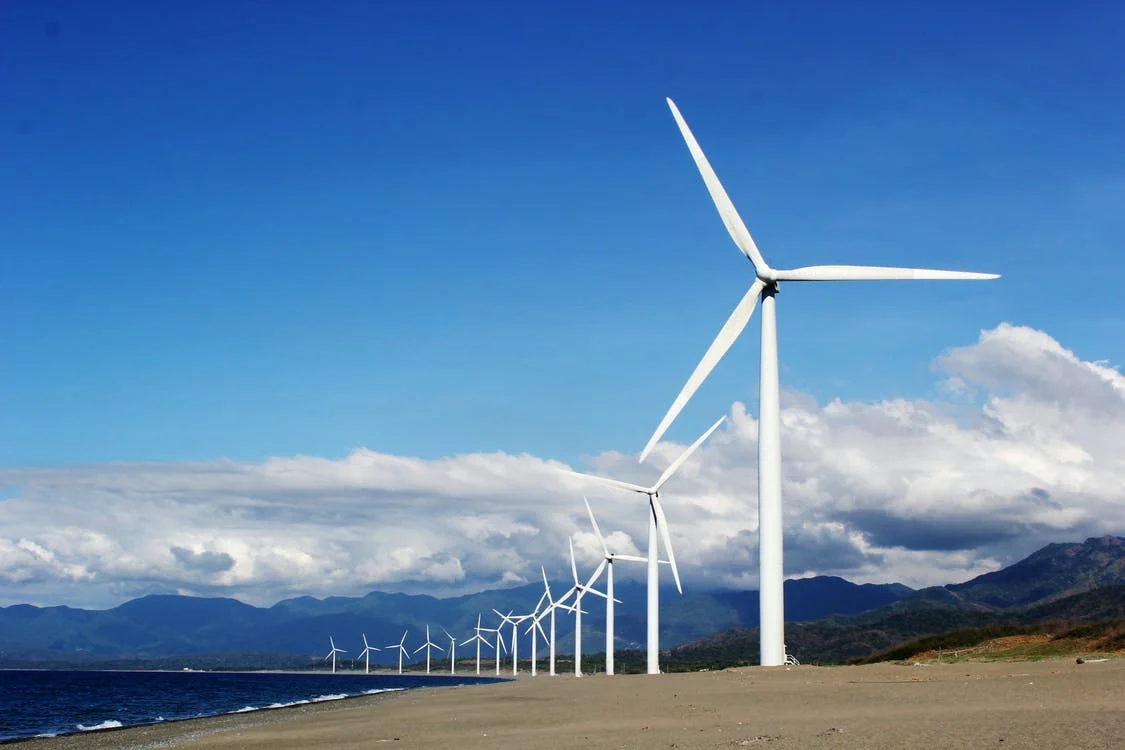Harnessing the energy in oceans and lakes
By Toronto Star
Substation Relay Protection Training
Our customized live online or in‑person group training can be delivered to your staff at your location.

- Live Online
- 12 hours Instructor-led
- Group Training Available
ItÂ’s well understood that oceans, lakes and rivers hold tremendous potential as a renewable energy source. We can harness mechanical energy from moving water, be it the flow of a river or ocean tide, the drop from Niagara Falls, or the up and down motion of ocean waves.
But in addition to mechanical energy, there is also a tremendous amount of thermal energy in our oceans. In fact, when light from the sun hits the Earth about 80 per cent of this solar energy ends up getting stored in our oceans – particularly in the upper layers around the tropics.
The idea of tapping into that heat to produce electricity has been around for more than a century. SerbianAmerican engineer Nikola Tesla proposed the concept in an essay published in 1931, though he wasnÂ’t convinced at the time that socalled ocean thermal energy conversion OTEC could ever be practical.
Technology and time, however, has a way of surprising us, and for the past several decades researchers have been making incremental improvements to the process. Among them are scientists at advanced technology and defence company Lockheed Martin, which in the 1970s built a small OTEC system that ran for several months and generated enough electricity to power 20 homes.
More recently, Lockheed is thinking big. It is in the final design stage for construction of an OTEC pilot plant off the coast of Hawaii that will be capable of generating 10 megawatts of clean baseload electricity. The company hopes to have that pilot plant in operation in 2013, possibly earlier. By 2015 it figures it can build commercialsized plants, about 100 megawatts or greater.
“I dream of thousands of floating OTEC ships roaming the seas of the world providing an inexhaustible supply of clean energy and fuel and water for all people of the world,” says Dr. Ted Johnson, director of alternative energy development at Lockheed.
He says “fuel” and “water” because the electricity produced from these systems could be used to power desalination plants or to turn water into hydrogen through electrolysis.
The OTEC process relies on basic thermodynamic principles. Warm surface seawater is piped through a heat exchanger. A second pipe filled with ammonia fluid passes through the centre of the heat exchanger and absorbs the heat extracted from the water.
Ammonia fluid boils at a low temperature – minus 33 degrees C – so when exposed to heat it quickly vaporizes and expands. This expansion drives a turbine that generates electricity that can be carried to shore through an underwater transmission cable. After the ammonia passes through the turbine it is directed to a second heat exchanger where very cold ocean water pumped from the deep condenses the vapour back into fluid.
The ammonia keeps circulating in an endless cycle — absorbing heat, turning into gas, driving a turbine, then dumping the heat and turning back into fluid. The greater the differential between surface water temperature and deep ocean temperature the greater the efficiency of the system. That’s why OTEC is initially being targeted at Hawaii and nations of the Pacific Rim, including Taiwan, India and Australia.
For example, the average water surface temperature in the tropics can exceed 25 degrees C, but if you go down 1,000 metres the temperature can be as low as 5 degrees C. That 20degree differential is enough to power an OTEC system, but the key is to do it economically on a large enough scale to matter. If we can, says Johnson, “it will change the game in energy forever.”
Not to sound skeptical, but IÂ’ve heard that one before. We can only hope.
Of course, the oceans arenÂ’t the only source of heat for generating electricity or warming our buildings. Industrial facilities and power plants give off tremendous amounts of waste heat, and there is plenty of opportunity to capture and put that heat to better use. We also take heat directly from the sun, as well as from the ground. Geothermal power plants that tap into hot temperatures kilometres below the surface are widespread and growing.
OTEC, however, adds just another clean energy source to the growing list of options that will help wean us from carbonbased energy sources. It might not be ideal for Canada, but its potential on a global scale is compelling.
Lockheed isnÂ’t talking cost, which really means the cost is way too high right now to discuss. But with further research and experience in building these ocean energy platforms, the company thinks it can make the technology commercially viable.
After all, we already build massive offshore oil rigs that do nothing but pump oil and natural gas from the depths of the ocean. With OTEC, all we’re doing is pumping heat instead – but without the years and great expense involved with exploration and drilling.











